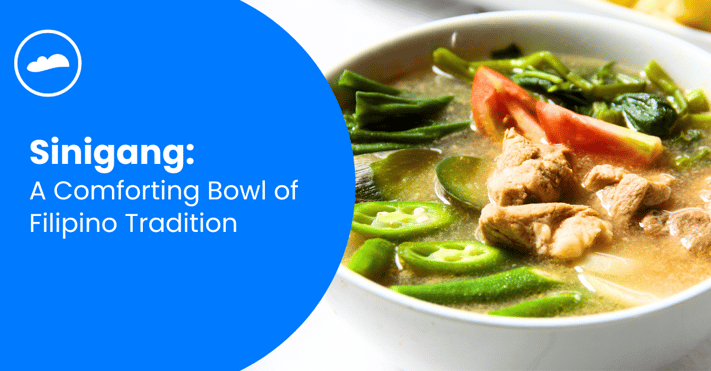
Ask any Filipino about their favorite home-cooked meal, and chances are sinigang will be at the top of the list. Known for its signature tangy broth, this beloved dish has been a constant presence at family tables for generations.
The Flavor of Home
Sinigang is most often prepared with tamarind to give it that distinct sourness, but it can also be made with guava, calamansi (Philippine lemon), kamias (bilimbi), or even green mango. The protein varies depending on what’s available - from pork and shrimp to fish or beef - while vegetables like kangkong (water spinach), okra, gabi (taro), and eggplant round out the dish. What makes sinigang so special is not just the taste, but the harmony of flavors: the sour kick, the comforting warmth of the broth, and the fresh crunch of vegetables.
Beyond Just a Meal
For many Filipinos, sinigang is more than food. It’s a memory and a feeling. The aroma of a pot slowly simmering on the stove signals that a hearty meal is about to bring everyone together. Paired with steaming white rice, each spoonful offers comfort, the kind that feels at home, especially on rainy days or quiet Sunday afternoons.
A Dish That Adapts
One reason sinigang continues to endure is its adaptability. Each region and even each household has its own version, passed down and modified through time. This flexibility ensures that sinigang never grows old; it evolves with every generation while keeping its essence intact.
Sinigang’s Legacy
Ultimately, sinigang represents the Filipino way of turning simplicity into something remarkable. It’s a dish that nourishes not just the body, but also the heart, keeping alive the shared traditions of family, culture, and home.

-1.png)